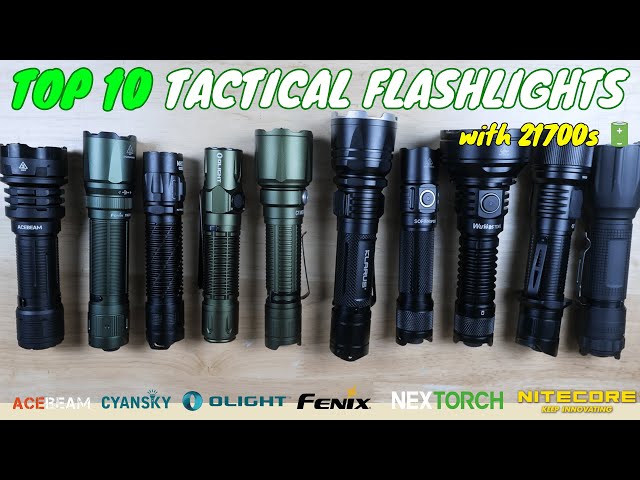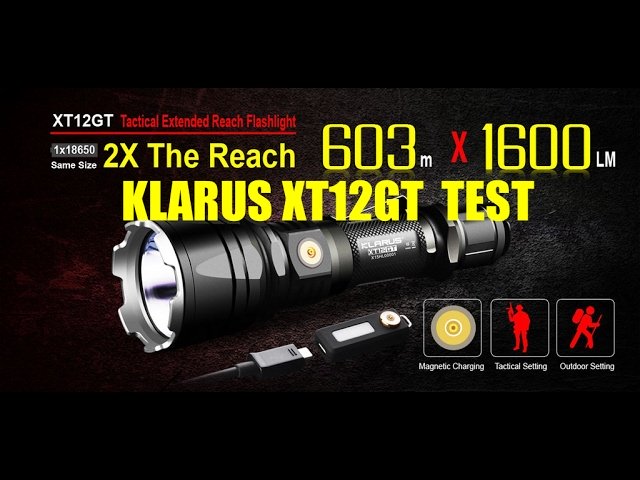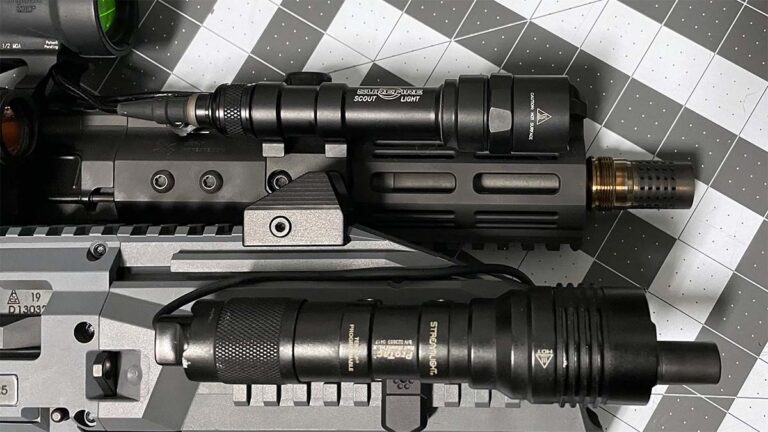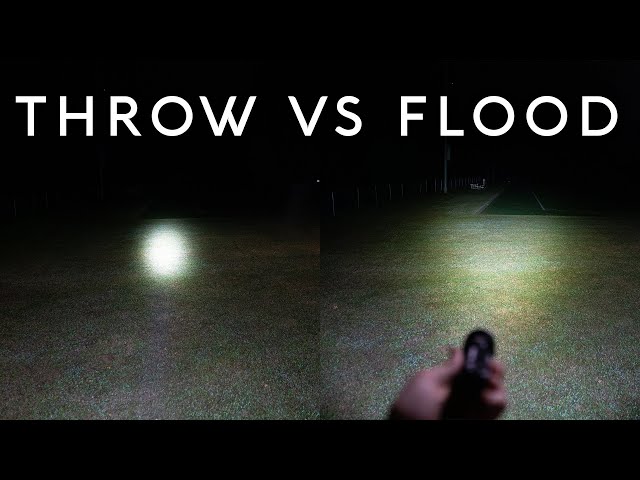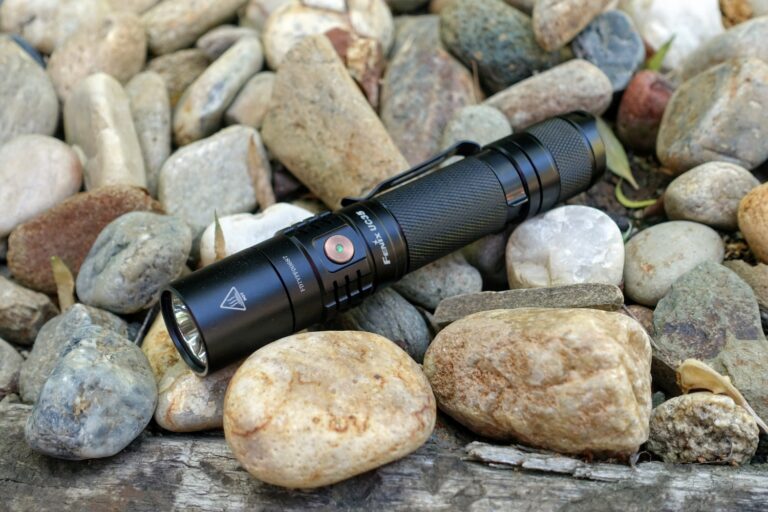Torch vs Flashlight Terminology: Understanding the Differences
The terms “torch” and “flashlight” are often used interchangeably, yet their meanings can vary significantly across different regions and contexts. In the UK and Commonwealth countries, “torch” typically refers to what is known as a “flashlight” in the US and Canada.
This article will delve into the distinctions between these two terms, exploring their historical contexts, definitions, and implications in everyday use. Additionally, we will examine various types of torches and flashlights, their functionalities, and key terminologies related to lighting devices, such as lumens, lux, and candela.
By the end of this article, readers will gain a comprehensive understanding of torch and flashlight terminology, enabling them to make informed choices when purchasing or using these essential tools.
| Section | Link |
|---|---|
| Historical Context of Torches and Flashlights | Explore the evolution of lighting devices from ancient torches to modern flashlights. |
| Definitions: Torch vs Flashlight | Clarify the definitions of “torch” and “flashlight,” highlighting regional differences in usage. |
| Types of Torches and Flashlights | Discuss the various types of torches and flashlights available today. |
| Key Terminology in Lighting | Explain important terms related to lighting specifications, such as lumens, lux, and candela. |
| Choosing the Right Light Source | Provide guidance on how to select the appropriate torch or flashlight based on specific needs. |
| FAQs About Torches and Flashlights | Address common questions regarding the use of torches and flashlights. |
| Conclusion | Summarize the key points discussed in the article. |
Historical Context of Torches and Flashlights
The evolution of lighting devices is a fascinating journey that begins with primitive torches and culminates in the sophisticated flashlights we use today. Early lighting methods primarily involved natural sources such as fire, where torches made of resinous wood or bundles of plant material were ignited to provide light.
This method, while effective, posed significant risks, including burns and fires.
Early Lighting Methods
Historically, torches were essential for illuminating dark areas, particularly in caves or during nighttime activities. The use of torches dates back to ancient civilizations, where they served as vital tools for exploration and safety.
The Birth of the Electric Torch
The transition to electric light began in the late 19th century with the invention of the electric light bulb and the dry cell battery. In 1899, British inventor David Misell patented the first electric torch, featuring a fiber tube, brass end caps, and a glass lens.
This revolutionary design marked the beginning of portable electric lighting, providing a safer and more reliable source of illumination than traditional torches.
Evolution of Battery Technology
The development of battery technology paralleled advancements in lighting. Early flashlights required frequent recharging due to the inefficiency of carbon filament bulbs and primitive batteries.
However, innovations in battery design, including the introduction of alkaline and lithium-ion batteries, have significantly improved the performance and longevity of modern flashlights.
| Year | Event |
|---|---|
| 1887 | First dry cell battery invented, paving the way for portable electric devices. |
| 1899 | David Misell patents the first electric torch. |
| 1904 | Introduction of tungsten filament bulbs, improving light efficacy. |
| 1920s | Mass production of flashlights becomes commonplace. |
| 2000s | LED technology revolutionizes flashlight efficiency and brightness. |
This timeline illustrates the key milestones in the development of torches and flashlights. The transition from primitive lighting methods to electric illumination marks a significant improvement in safety and efficiency.
Each technological advancement has contributed to making flashlights more convenient and effective for various applications. Today, flashlights are not just emergency tools but also essential gadgets for outdoor adventures, home maintenance, and professional use.
Definitions: Torch vs Flashlight
Understanding the terminology surrounding torches and flashlights requires an examination of their definitions, which can vary based on regional usage. In the UK and Commonwealth countries, the term “torch” is commonly used to describe what is referred to as a “flashlight” in the US and Canada.
Definition of Torch
The Merriam-Webster dictionary defines a “torch” as a portable device for emitting light, primarily used in British English to refer to a flashlight. It can also refer to a burning stick or a handheld light source that produces a flame.
This dual meaning illustrates the historical context where torches were once physical, flame-based light sources before the advent of electric lighting.
Definition of Flashlight
In contrast, the term “flashlight” is predominantly used in North America to describe a portable, battery-operated light source. This definition emphasizes the electric nature of the device, distinguishing it from traditional torches.
The term “flashlight” derives from the early design where the light would only function intermittently or “flash,” due to the limitations of early batteries.
Regional Usage Variations
Regional differences in terminology can lead to confusion. While “torch” is widely accepted in the UK, Australians and Canadians also commonly use it.
Conversely, Americans predominantly use “flashlight” in everyday language. Understanding these nuances is essential for effective communication, particularly in international contexts.
| Region | Term Used | Definition |
|---|---|---|
| United Kingdom | Torch | A portable handheld electric lamp. |
| United States | Flashlight | A portable handheld electric lamp. |
| Canada | Flashlight | A portable handheld electric lamp. |
| Australia | Torch | A portable handheld electric lamp. |
This table highlights the regional variations in terminology, showcasing the importance of context when discussing lighting devices. Understanding these differences allows users to communicate effectively and avoid misunderstandings when discussing torches and flashlights in different regions.
Types of Torches and Flashlights
With advancements in technology, a wide variety of torches and flashlights are available today, each designed for specific uses and functionalities. Understanding these different types can help users select the best lighting tool for their needs.
Incandescent vs LED Flashlights
Incandescent flashlights utilize traditional light bulbs, producing light through a filament heated to high temperatures. While they are often less expensive, they consume more power and have a shorter lifespan compared to LED flashlights.
In contrast, LED flashlights use light-emitting diodes, which are energy-efficient, long-lasting, and increasingly popular.
Tactical and Emergency Lights
Tactical flashlights are designed for military or law enforcement use, featuring robust construction and multiple light modes, including strobe settings for signaling or disorienting an adversary. Emergency lights, on the other hand, are often designed to be used during power outages or natural disasters, providing reliable illumination and sometimes additional features like SOS signals.
Specialized Flashlights (e.g., headlamps, lanterns)
Specialized flashlights include headlamps that allow hands-free lighting, ideal for activities like hiking or working in dark spaces. Lanterns provide a broader area of illumination, suitable for camping or outdoor gatherings.
Each type serves distinct purposes, making them essential tools in various environments.
| Type | Description | Ideal Use Cases |
|---|---|---|
| Incandescent Flashlight | Uses traditional bulbs that produce light via a heated filament. | Basic household use, low-cost options. |
| LED Flashlight | Employs energy-efficient LEDs for bright and long-lasting light. | Outdoor activities, emergency use, everyday carry. |
| Tactical Flashlight | Designed for durability and versatility, often features multiple modes. | Military, law enforcement, self-defense. |
| Headlamp | A wearable light source that allows for hands-free use. | Camping, hiking, maintenance work. |
| Lantern | Provides broad illumination, can often stand alone. | Camping, outdoor events, emergency lighting. |
This table categorizes various types of torches and flashlights, highlighting their unique features and ideal use cases. Understanding these distinctions allows users to select the right tool for specific tasks, enhancing their effectiveness and safety in various scenarios.
Key Terminology in Lighting
When selecting a torch or flashlight, understanding key terminology related to lighting specifications is crucial. Terms like lumens, lux, and candela are commonly used to describe the performance and efficiency of lighting devices.
Understanding Lumens
Lumens measure the total amount of visible light emitted by a source. This metric is essential for comparing the brightness of different flashlights.
Generally, higher lumen ratings indicate brighter lights. For example, a flashlight with 100 lumens is suitable for general household tasks, while one with 1000 lumens is ideal for search and rescue operations.
The Role of Lux
Lux measures the intensity of light on a surface area. It is calculated as lumens per square meter and is useful for understanding how well a light source illuminates a specific area.
However, because lux depends on distance, it is less frequently cited in flashlight specifications compared to lumens and candela.
Candela and Beam Intensity
Candela measures the intensity of light in a specific direction, providing insight into how focused a beam is. A flashlight with a high candela rating will produce a concentrated beam suitable for long-distance visibility, making it practical for applications like search and rescue or tactical use.
| Term | Description | Example Usage |
|---|---|---|
| Lumens | Total amount of visible light emitted from a source. | A flashlight with 500 lumens can illuminate a wide area effectively. |
| Lux | Light intensity per square meter. | A reading light may need around 100 lux for comfortable illumination. |
| Candela | Intensity of light in a specific beam direction. | A tactical flashlight might have a candela rating of 2000 for focused lighting. |
This table summarizes key lighting terms and their relevance in evaluating flashlights. Understanding these metrics helps users make informed decisions based on their specific lighting needs, whether for everyday tasks, outdoor adventures, or emergency situations.
Choosing the Right Light Source
When selecting a torch or flashlight, several factors should be considered to ensure the chosen light source meets your specific needs. Key considerations include brightness, battery life, durability, and intended use.
Factors to Consider
Brightness is often the most critical factor, typically measured in lumens. Consider the activities for which you will use the flashlight: lower lumens (10-20) suffice for close tasks, while higher ratings (600-1000) are ideal for tactical applications.
Additionally, battery life impacts usability; rechargeable options may be more economical for frequent use.
Common Uses for Flashlights
Common flashlight applications range from household use during power outages to outdoor activities like camping and hiking. Tactical flashlights serve specialized roles in law enforcement and military contexts, where durability and versatility are paramount.
Recommendations for Different Activities
For outdoor camping, a lantern or headlamp may provide broader illumination and hands-free functionality. For emergency preparedness, a tactical flashlight with multiple modes is advisable.
Each activity may require specific features, such as waterproofing for water-related excursions or lightweight designs for backpacking.
| Activity | Recommended Light Source | Considerations |
|---|---|---|
| Camping | Lantern/Headlamp | Hands-free, broad illumination. |
| Home Use | Standard LED Flashlight | Reliable brightness, easy to store. |
| Tactical Use | Tactical Flashlight | Durability, multiple modes, high lumens. |
| Emergency Preparedness | Rechargeable Flashlight | Long battery life, easy charging options. |
This table illustrates recommended light sources based on different activities, highlighting the importance of selecting the right tool for specific tasks. By aligning your lighting device with your intended use, you enhance both efficiency and safety in various situations.
FAQs About Torches and Flashlights
What is the main difference between a torch and a flashlight?
The primary difference between a torch and a flashlight lies in regional terminology. In the UK and Commonwealth countries, “torch” refers to a portable electric light source, whereas in the US and Canada, this device is commonly called a “flashlight.” Despite the different names, both devices serve the same fundamental purpose: providing light in dark environments.
The evolution of lighting technology has led to various designs and functionalities, but the core function remains unchanged.
Why is lumens important in choosing a flashlight?
Lumens are crucial when choosing a flashlight as they measure the total amount of visible light emitted by the source. A higher lumen rating indicates a brighter flashlight, making it essential for users to assess their specific lighting needs.
For example, tasks requiring close-up visibility may only need 10-20 lumens, while activities like search and rescue may necessitate 600-1000 lumens. Understanding lumens helps users select a flashlight that effectively meets their intended use.
Are LED flashlights better than incandescent ones?
Yes, LED flashlights are generally better than incandescent ones for several reasons. LED technology offers higher energy efficiency, producing more light per watt of energy consumed.
Additionally, LED flashlights have longer lifespans, typically lasting tens of thousands of hours compared to the shorter operational life of incandescent bulbs. LEDs also generate less heat, making them safer and more comfortable to use over extended periods.
Overall, LED flashlights are more durable, economical, and versatile.
How do I choose the right flashlight for camping?
When selecting a flashlight for camping, consider factors such as brightness, battery life, and weight. A flashlight with at least 200-500 lumens is ideal for illuminating trails and surrounding areas.
Additionally, choose a lightweight and compact design for ease of transport. Waterproof or water-resistant flashlights are recommended for outdoor use to ensure reliability in various weather conditions.
Lastly, features like adjustable beam focus and multiple light modes can enhance usability during different camping activities.
Can I use a flashlight for underwater activities?
Not all flashlights are suitable for underwater use; it depends on the flashlight’s design and waterproof rating. To safely use a flashlight underwater, look for models specifically labeled as “diving flashlights” or those with a high IP rating (IPX7 or IPX8).
These flashlights are designed to withstand pressure and prevent water ingress, making them suitable for underwater activities like snorkeling or diving. Always check the manufacturer’s specifications to ensure the flashlight is rated for the depth you plan to explore.
Conclusion
In conclusion, understanding the terminology and distinctions between torches and flashlights is essential for selecting the right lighting tool for various tasks. As technology continues to evolve, so do the types and functions of these devices, making them more efficient and versatile.
Whether you’re preparing for an outdoor adventure or simply need a reliable light source for everyday use, being informed about the different options available will help you make the best choice. Armed with this knowledge, readers can confidently navigate the world of portable lighting.


